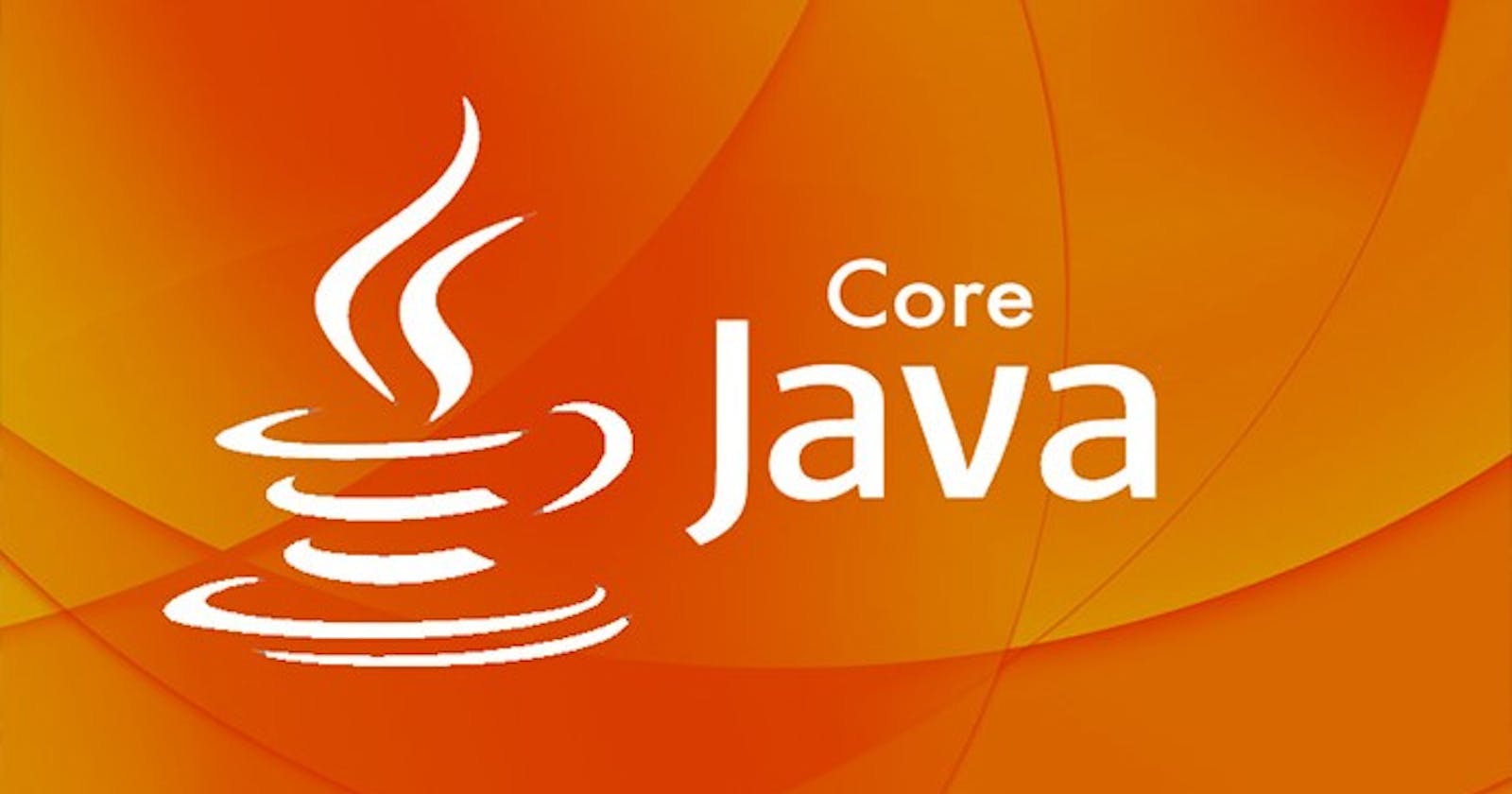Table of contents
Java is a high-level, class-based, object-oriented programming language that is intended to have as few implementation dependencies as possible. It is a general-purpose programming language intended to let programmers write once, and run anywhere (WORA), meaning that compiled Java code can run on all platforms that support Java without the need to recompile. Java applications are typically compiled to bytecode that can run on any Java virtual machine (JVM) regardless of the underlying computer architecture.
History of JAVA
James Gosling, Mike Sheridan, and Patrick Naughton initiated the Java language project in June 1991. Java was initially designed for interactive television, but it was too advanced for the digital cable television industry at the moment in time.
The language was initially called Oak after an oak tree that stood outside Gosling's office. Later the project went by the name Green and was finally renamed Java, from Java coffee, a type of coffee from Indonesia.
The name "Java" was chosen because it is a familiar and well-regarded brand, and also because it is short, easy to spell, and easy to pronounce. The Java team also wanted to reflect the essence of the technology, which is to "write once, run anywhere." The name Java was originally chosen because it was felt to be a fun, energetic, and unique name. It was also thought that the name would be easy for people to remember and convey excitement and adventure, which would help attract developers to the platform.
Features of JAVA
Java is a programming language that has several key features that make it a popular choice for software development. These include:
Object-oriented: Java is an object-oriented programming language, which means that it uses objects to represent real-world entities, and classes to define the properties and behavior of these objects.
Platform-independent: Java programs are compiled into bytecode, which is an intermediate form of code that can be run on any platform that has a Java Virtual Machine (JVM) installed. This means that a Java program can run on any operating system without modification.
Memory management: Java automatically manages memory, so developers do not need to worry about allocating and freeing memory.
Concurrency: Java supports multithreading, which allows multiple threads to run simultaneously. This is important for creating responsive and efficient applications.
Rich API: Java has a large and comprehensive standard library, which provides a wide range of functions and features, such as support for networking, database access, and GUI development.
Secure: Java's security features, such as memory management and access restrictions, make it a secure choice for developing enterprise applications.
Dynamic: Java supports the dynamic loading of classes, which allows programs to load and execute code at runtime. This is useful for creating extensible and modular applications.

Principles of JAVA
Java is based on several key principles that help to define its design and functionality. These include:
Object-oriented programming: Java is an object-oriented programming language, which means that it uses objects to represent real-world entities, and classes to define the properties and behavior of these objects.
Platform-independent: Java programs are compiled into bytecode, which is an intermediate form of code that can be run on any platform that has a Java Virtual Machine (JVM) installed. This means that a Java program can run on any operating system without modification.
Memory management: Java automatically manages memory, so developers do not need to worry about allocating and freeing memory.
Concurrency: Java supports multithreading, which allows multiple threads to run simultaneously. This is important for creating responsive and efficient applications.
Secure: Java's security features, such as memory management and access restrictions, make it a secure choice for developing enterprise applications.
Simple: Java's syntax is based on C++, but it is simpler and easier to learn and use.
Portable: Java's bytecode can run on any platform, making it portable.
Robust: Java's exception-handling and type-checking mechanisms make it a robust programming language.
High performance: Java's bytecode is highly optimized and the JVM's Just-In-Time (JIT) compiler can improve the performance of the application at runtime.
These principles help to make Java a powerful and versatile programming language that can be used for a wide range of applications, from web development to mobile app development to enterprise software development.
Versions of JAVA
There are several different versions and types of Java, including:
Java SE (Standard Edition): This is the core Java platform and includes the Java language, core libraries, and the Java Virtual Machine (JVM). It is used for developing standalone applications and applets.
Java EE (Enterprise Edition): This is an extension of Java SE and includes additional libraries and technologies for developing enterprise applications, such as web services and distributed systems.
Java ME (Micro Edition): This is a version of Java for developing mobile and embedded applications, such as cell phones and smart devices.
JavaFX: This is a platform for creating rich internet applications, with a focus on multimedia and user interface elements.
OpenJDK: This is an open-source version of Java SE, which is developed and maintained by the Java community and is available under the GNU General Public License (GPL).
Oracle JDK: This is the official, proprietary version of Java SE, which is developed and maintained by Oracle Corporation and is available under a commercial license.
Each version and type of Java is designed for a specific purpose and use case, and developers can choose the appropriate one based on their needs.

